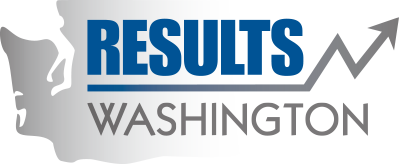Archived: Increase the percentage of employees who said their leaders create a culture of respect, feedback, and recognition
A good employer-employee relationship requires clear expectations and consistent communication. Having high-functioning relationships between employees and supervisors can lead to increased morale, satisfaction, and retention. When employees score their supervisor higher for treating them with dignity and respect, they tend to feel more strongly that they are receiving recognition for a job well done. This can then result in employees feeling more positively about being encouraged to be more innovative
In the baseline year of 2017, approximately 47,000 state employees provided answers to questions in the statewide Employee Engagement Survey relating to the Respect and Feedback indicator.
- Q7) “My supervisor treats me with dignity and respect”received a percent positive score of 86 percent.
- Q8) “My supervisor gives me ongoing feedback that helps me improve my performance” received a percent positive score of 69 percent.
- Q9) “I receive recognition for a job well done”received a percent positive score of 56 percent.
These three scores averaged together provide a current Respect and Feedback score of 70 percent. The target is to improve to 71 percent by January 2020.
Results Washington, Office of Financial Management, and state agencies are working together on the following statewide improvement strategies:
- Monitoring and improving the HR Employee Engagement Toolkit. Launched in May 2015 to build and support HR’s capacity to help improve employee engagement, State HR, with oversight from the HR Development Working Committee, will work with agency partners to improve this product based on user feedback.
- Offering Lean training's in problem solving and coaching. These include classes offered through the Lean Transformation office,monthly lean advisers meetings, and consulting to maintain alignment with Lean thinking. Individual agencies are offering learning opportunities in Lean and sharing resources.
- Building upon leadership competencies identified by agencies to ensure leaders have a shared understanding of expectations.
Leaders and staff within each agency are also continually working to identify, implement and assess internal strategies to improve the overall employee experience.
